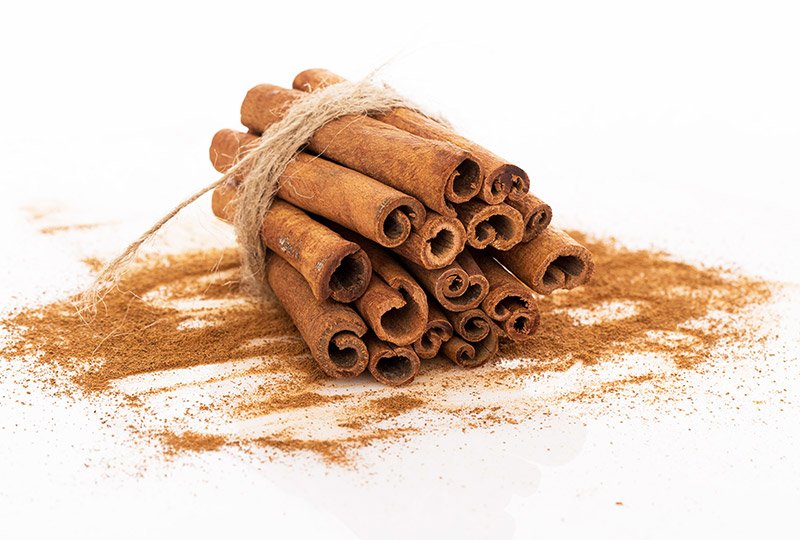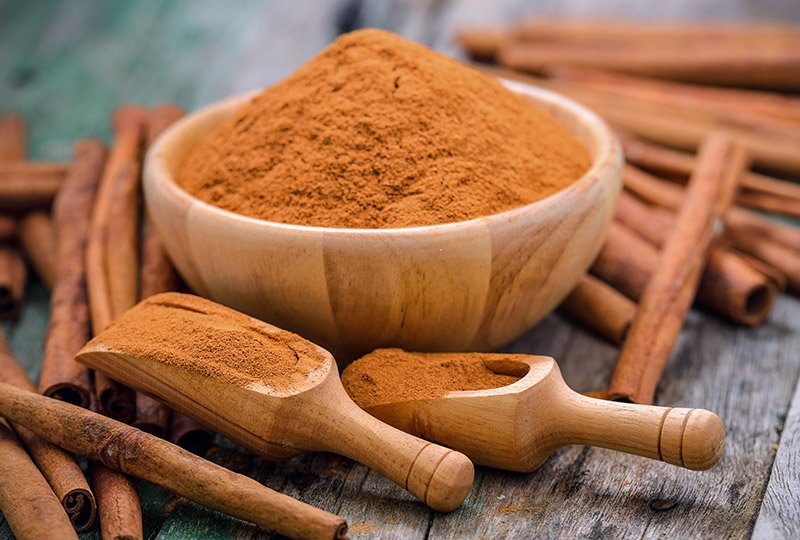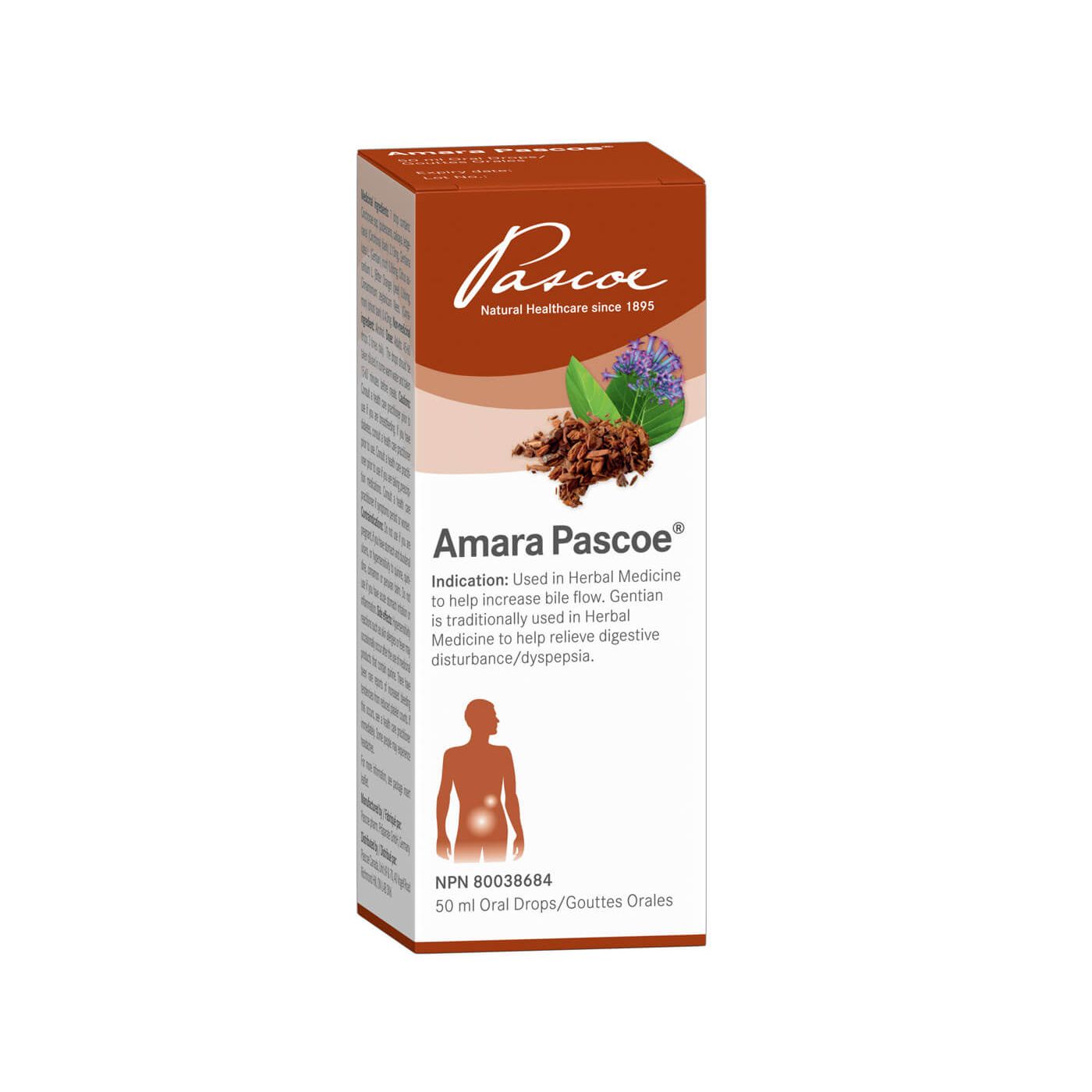Thyme


Cinnamon Bark
Fragrant and comforting, cinnamon is not only one of the most popular spices. It also has a long history in traditional medicine.
It has been used for over 5,000 years by Ayurvedic and Traditional Chinese Medicine for a wide range of ailments. Cinnamon bark uses included digestive disorders, fever, the flu, and menstrual problems.
There are different types of cinnamon with two main varieties, Ceylon and Cassia cinnamon.
Ceylon cinnamon is native to Sri Lanka, formerly Ceylon, and known as true cinnamon. Cassia cinnamon is also called Chinese cinnamon as it originates from southern China.
Since Cassia costs less than Ceylon cinnamon, it is usually more common today and what people generally refer to as “cinnamon”.
Nowadays, cinnamon bark extract or cinnamon oil are used as flavours in various foods. The medicinal herb can be taken as cinnamon bark supplement, capsules, extract, or teas. It is a strong antioxidant that can also help with digestive issues.
Origin and types
The popular spice is made from the inner bark of cinnamon trees that belong to the laurel family (Lauraceae). There are many varieties of the evergreen tree, but four main species are economically most important.
Cinnamomum verum is also known as Cinnamomum zeylanicum, true or Ceylon cinnamon. Sri Lanka is the only regular supplier of true cinnamon bark and leaf oils.
Currently, the most common type in grocery stores is the less expensive cinnamon bark from Cinnamomum cassia. This species is also called C. aromaticum, Chinese or Cassia cinnamon.
The two other species are Korintje or Indonesian cinnamon and Vietnamese or Saigon cinnamon.
The cinnamon tree bark is dried and forms strips that curl into rolls or quills, known as cinnamon sticks. One of the Cassia bark and other cinnamon differences in the way their bark rolls look. Cassia sticks tend to be a darker brown-red colour and thicker with a rougher texture than Ceylon sticks.
Also, true cinnamon has a lighter, sweeter flavour than the strong, spicy, and slightly bitter flavour of Chinese cinnamon.
Further, essential oils can be distilled from either the outer bark of the tree or its leaves. Both oils are used by herbalists and in aromatherapy.
What does the plant look like?
The evergreen tree grows to a height of 10 to 15 metres. Belonging to the laurel family, it has characteristic oval, leathery leaves. The young leaves are red and mature to a deep green. When dried, they resemble bay leaves and have a spicy smell.
The tree produces clusters of small yellow or green flowers that become small, dark purple fruits. Its bark is thick and strongly aromatic. Smooth and pale brown on young shoots, cinnamon bark gets a rough texture and turns dark brown on mature stems.
Where does the name come from?
The botanical name Cinnamomum is thought to be derived from the Hebraic and Arabic term “amomon”, meaning fragrant spice plant.
In several European languages, the names for the spice are canella, cannelle or kanel. These names are derived from the Latin word “canella”, meaning little tube, which refers to the aromatic sticks.


Cinnamon as a medicinal plant
Cinnamon bark and its oil are used for a wide range of conditions in traditional medicine. These include digestive disorders and respiratory tract infections.
Over the past 20 years, the herb has been found to have antioxidant, anti-inflammatory and antimicrobial activity. Moreover, it might potentially play a role in glucose and lipid control.
There have been many studies of cinnamon, especially for diabetes. Research showed that cinnamon can help lower fasting blood sugar levels as well as cholesterol and related lipids.
Clinical studies showed that it also might help improve insulin sensitivity, meaning the body’s response to insulin, in these patients. However, it does not always seem clear what types and parts of the cinnamon tree were used in these studies.
Also, it is not known yet how much cinnamon is optimal, and whether it has a long-term effect. This means that cinnamon supplements can serve as a helpful addition but are not an alternative to medication in existing type 2 diabetes.
Similarly, studies in patients with pre-diabetes and type 2 diabetes found out that short-term intake of cinnamon led to a reduction in blood pressure. But these studies were small, and more research is needed.
Research also reports that cinnamon bark breaks down fats in the digestive tract. Combined with its anti-inflammatory and antioxidant properties, this makes it a valuable digestive aid. Therefore, cinnamon bark supplements can benefit a weak digestive system and help maintain normal digestion.
Medicinal Properties of Cinnamon Bark
The active ingredients of the bark and its essential oil showed activities against bacteria, fungi, viruses, muscle spasms, and inflammations. Along with cloves, the herb is classed in the top 3 antioxidant foods.
Some studies also suggested that cinnamon bark extract has benefits for cardiovascular diseases and diabetes care. However, more research is needed to confirm these potential health benefits.
How or what it is used for
Cinnamon is not only a popular spice used in food. It has been used in traditional medicines for relief of many different conditions, such as:
- Gastrointestinal issues
- Colds, coughs, and bronchitis
- Arthritis
- High blood pressure
- Infections
- Tooth decay and gum disease
- Menstrual discomfort
- Wound healing
- Athlete’s foot
Ceylon cinnamon is used to promote blood circulation of the smooth muscle tissue. This helps relieve flatulence, bloating and cramps in the digestive tract.
Taken as a tea or tincture, the herb is also ideal for stimulating digestion after a large meal.
For its antibacterial properties, cinnamon bark is a frequent ingredient in toothpaste and mouthwash.
Using a cinnamon bark essential oil diffuser can benefit the respiratory system by relieving the symptoms of colds and the flu.
Small amounts of cinnamon oil can also be mixed with a carrier oil, such as coconut oil, and used as massage oils.
Some people use cinnamon supplements for weight loss. However, more research on this purpose is needed.
Health Canada approves uses of Ceylon Cinnamon in cinnamon supplements:
- as a source of antioxidants
- in Ayurveda for bowel complaints (such as indigestion, flatulency, diarrhea and vomiting)
- in Herbal Medicine for digestive disturbances (such as mild gastrointestinal colic, the feeling of bloating, and flatulence)
- in Herbal Medicine for loss of appetite
How does it work?
One of the main components of cinnamon oil is a substance called cinnamaldehyde. Scientists believe that this compound is responsible for most of the health benefits of cinnamon.
Cinnamaldehyde has been shown to destroy the cell membrane of certain bacteria and to inhibit the growth of certain fungi. It also seems effective against Helicobacter pylori. This is a type of bacterium that causes inflammation and ulcers in the stomach or small intestine.
Cinnamaldehyde is a known antioxidant, it can help protect our body against oxidative stress and inflammation. Classified as generally recognized as safe, it is approved for use in foods.
It might also help balance blood sugar in people with type 2 diabetes. Yet, it is important to know that cinnamon supplements should not be used as a replacement for diabetes medication or a treatment plan.


What makes Cinnamon different?
Cinnamon is not only a delicious spice but also linked to many health benefits. It has been used for centuries and is usually well tolerated.
Cautions and drug interactions
When used in food amounts, Ceylon cinnamon usually causes no side effects. It has been safely used in doses of 0.5 to 3 grams daily for up to 6 months.
However, some people might experience gastrointestinal problems or allergic reactions, especially at higher doses.
Children and pregnant or breastfeeding women are recommended to stick to quantities commonly found in foods.
Ceylon cinnamon may affect the blood sugar level. If you have diabetes and take cinnamon supplements, you should monitor your blood sugar closely and might need to adjust your treatment.
If you take any medication regularly, talk to your doctor before starting to use cinnamon supplements. Especially if you suffer from diabetes, heart or liver disease.
Cassia cinnamon contains a chemical called coumarin, which can be harmful to the liver. In most cases, consuming moderate amounts does not provide enough coumarin to cause notable problems. Still, in case of prolonged use you could consider switching to Ceylon cinnamon as it does not contain coumarin.
Pascoe products that contain Cinnamon Bark:
Disclaimer
Pascoe Canada does not offer health or medical advice as we are not a healthcare practitioner. Please speak with your healthcare practitioner before beginning any program related to nutrition, diet, exercise, fitness, medical, and/or wellness. All content published by Pascoe Canada is developed through collaborating with licensed medical professionals and contributors. This includes text, graphics, images, and other material on the website, newsletter, and products (“Content”). This content is for informational purposes only and does not constitute medical advice. The content does not substitute professional medical advice, diagnosis, or treatment. Please always do your own research on whether this is for you along with your healthcare practitioner advice. Always consult your healthcare practitioner prior to use specific herbs because you might have underlined conditions needs professional care. The content is general in nature and are subject to change. It is not intended to cover all possible uses, directions, precautions, warnings, drug interactions, allergic reactions, or adverse effects.


